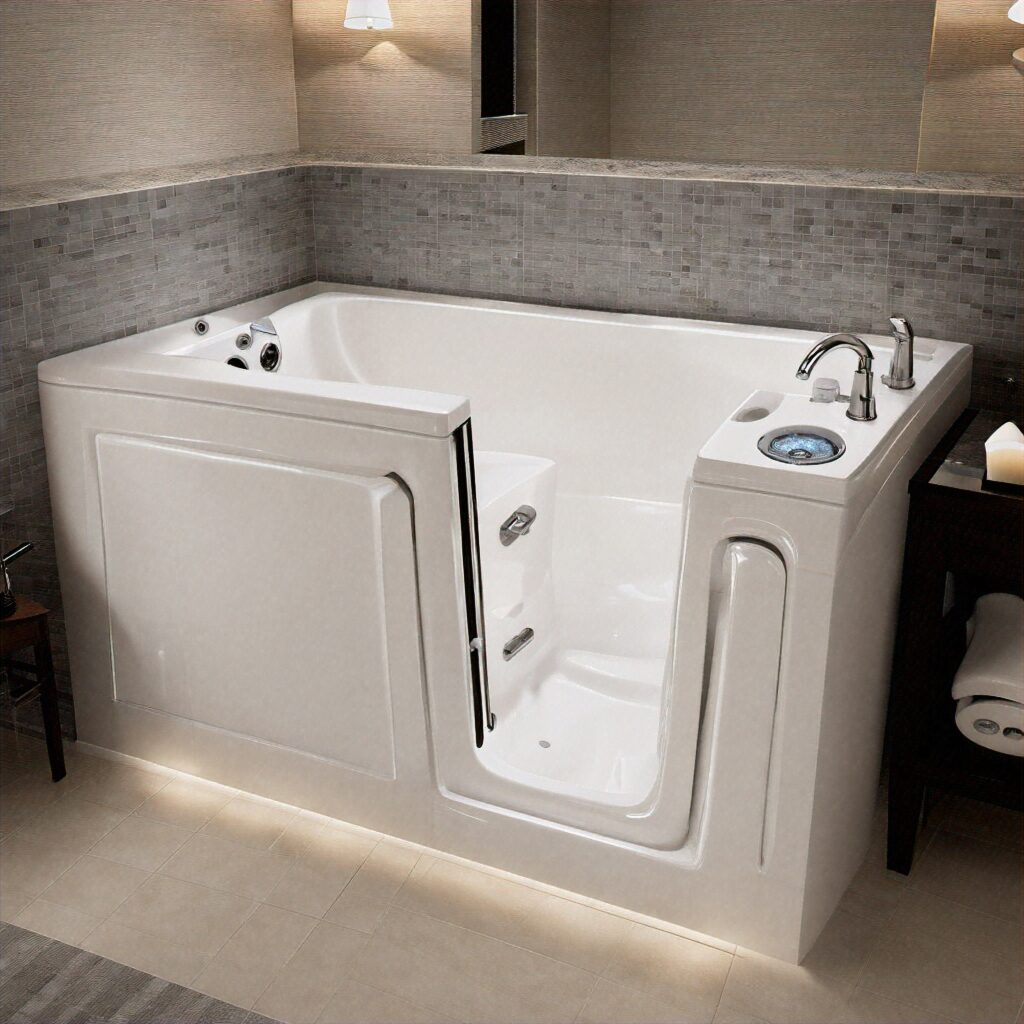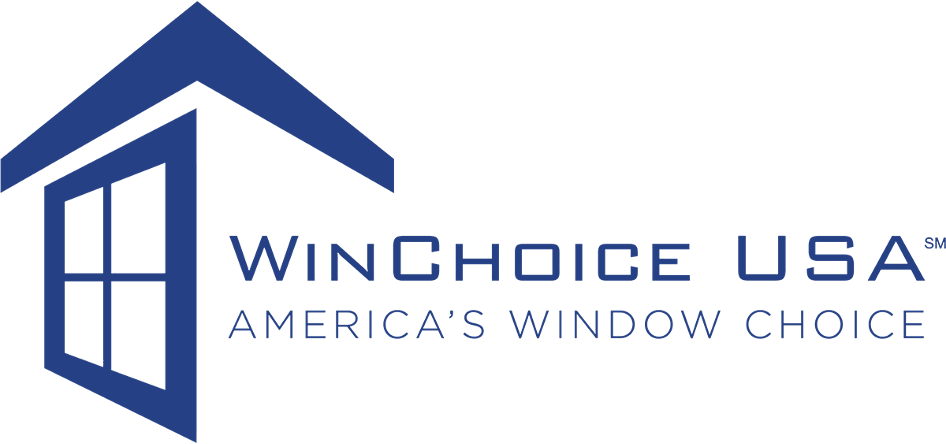Veteran Loans for Walk-In Tubs: How to Get Financial Help for a Safer Bathroom

For many veterans, especially those with service-connected injuries or limited mobility, the bathroom can be one of the most challenging places in the home. The high step of a traditional bathtub creates a serious risk of slips and falls, turning a daily routine into a potential hazard. A walk-in tub removes these barriers, offering safer access, greater comfort, and the ability to maintain independence at home.
The biggest barrier for most households is not the installation itself, but the cost. Walk-in tubs can run into thousands of dollars, and professional installation adds even more to the expense. Paying out of pocket is not realistic for many veterans, but financial assistance is available. Support comes through a variety of sources, including grants from the Department of Veterans Affairs, state-level programs, and nonprofit organizations committed to helping veterans live safely.
This guide explains those options in detail and provides clear direction on how to secure funding, so veterans can take advantage of the benefits of a safer, more accessible bathroom without carrying the financial burden alone.
Table of Contents
Why Walk-In Tubs Matter for Veterans
Many veterans face mobility challenges that make using a standard bathtub unsafe. Installing a walk-in tub addresses these hazards directly and ensures greater independence and peace of mind.
Reduces Fall Risks
Falls are one of the leading causes of injury among older adults, and the risk is even greater for many veterans. The Centers for Disease Control and Prevention (CDC) reports that falls account for nearly half of all traumatic brain injury–related hospitalizations. Studies also show that older veterans are more likely to experience non-injurious falls, often a sign of deeper balance issues. A walk-in tub helps remove these risks by replacing the high step of a standard tub with a safer, low-entry design.
Improves Accessibility
For veterans who live with service-connected injuries such as amputations, spinal cord damage, or severe burns, something as routine as bathing can feel overwhelming. Walk-in tubs are designed to make that daily task easier. Features like a low threshold, a chair-height seat, and sturdy grab bars create a safe and supportive space that meets the needs of veterans with limited mobility.
Supports Independent Living
Installing a walk-in tub allows veterans to stay in their homes longer and maintain control of their routines. It is also a cost-effective investment. While the upfront price may appear high, it is far less than the recurring expense of assisted living, which averaged over $5,900 per month in 2024.
Cost of Walk-In Tubs and Installation
On average, a full walk-in tub installation costs around $7,800, with total expenses typically ranging from $4,000 to $20,000 depending on the tub and the complexity of the project.
Installation Complexity
The type of installation has a major impact on the final price. A straightforward replacement, where an existing bathtub is swapped out for a similar-sized walk-in model, is usually the most affordable. These projects often fall between $1,000 and $2,500. If the bathroom layout needs to be altered—such as moving plumbing lines, upgrading electrical wiring for therapeutic features, or reinforcing the floor—the price can quickly rise to $5,000 or more.
Materials and Durability
The construction material also influences cost and longevity. Fiberglass or gel-coat tubs are the least expensive, typically priced between $2,000 and $5,000, though they may not last as long. Acrylic tubs are sturdier and resist wear better, but they come at a higher price point, usually between $5,000 and $12,000. Veterans weighing options should consider not just the upfront price but also how well the tub will hold up over years of use.
Features and Add-Ons
Additional features can make bathing more comfortable and convenient, but they add to the bottom line. Quick-drain systems, massage or whirlpool jets, heated seating, and chromotherapy lighting are all popular upgrades. While these features can improve the bathing experience, they also move the total cost into the upper end of the price range.
Typical Price Ranges
To put the numbers into perspective, here is a summary of common costs for different types of walk-in tubs:
Tub Type | Total Estimated Cost |
Basic soaker tub | $3,000 – $10,000 |
Hydrotherapy model | $6,000 – $13,000 |
Luxury multi-feature | $9,000 – $17,000+ |
Wheelchair-accessible and bariatric tubs have more complex designs and installation needs, so their prices vary widely. Veterans planning for these models should expect to add several thousand dollars to the base cost.
Why Estimates Matter
For those applying for financial assistance, accurate estimates are essential. VA grants and other programs typically require detailed contractor bids that break down labor, materials, and permits. Gathering multiple estimates not only ensures a fair price but also strengthens an application.
Veteran Grants and Loans for Walk-In Tubs
The cost of a walk-in tub may seem overwhelming, but veterans have access to a wide range of assistance programs. These include federal grants, VA-backed loans, state initiatives, and nonprofit support. The first step is understanding the difference between grants and loans.
Grants vs. Loans
A grant is financial assistance that does not need to be repaid. For veterans, grant eligibility is usually based on medical need and disability status. A loan, on the other hand, must be repaid with interest. VA-backed loans often come with better terms than traditional financing, but they are still a debt obligation.
VA Home Improvement and Structural Alteration (HISA) Grant
The HISA grant is the VA’s primary program for medically necessary home modifications. It is designed to improve access to essential lavatory and sanitary facilities, making it a perfect fit for a walk-in tub installation.
- Funding Tiers: The grant provides a lifetime benefit at two levels:
- $6,800: For veterans with a service-connected disability or for those with a non-service-connected disability who also have a separate service-connected disability rated at 50% or more.
- $2,000: For veterans with other disabilities who do not meet the criteria for the higher tier.
- Important Exclusion: The VA is clear that HISA funds cannot be used for the “purchase or installation of spa, hot tub, or Jacuzzi type tubs”. This means a tub with luxury hydrotherapy features will likely be denied, while a basic model with essential safety features is more likely to be approved.
Specially Adapted Housing (SAH) and Special Home Adaptation (SHA) Grants
For veterans with certain severe service-connected disabilities, the VA offers much larger grants to help them buy, build, or remodel a permanent home for barrier-free living. These are known as Disability Housing Grants for Veterans.
- Specially Adapted Housing (SAH) Grant: Offers a maximum of $121,812 for fiscal year 2025. It’s intended for veterans with specific, severe disabilities, such as the loss of use of both legs.
- Special Home Adaptation (SHA) Grant: Offers a maximum of $24,405 for fiscal year 2025. This grant is for veterans with other qualifying disabilities, including the loss or loss of use of both hands or certain severe respiratory injuries.
- Veterans living temporarily in a family member’s home may qualify for a Temporary Residence Adaptation (TRA) Grant, which allows for smaller modifications without reducing lifetime benefits.
VA-Backed Loans
It’s important to clarify that the VA does not offer unsecured “personal loans” for home improvements. Instead, veterans can use their home loan benefits to get a VA-backed mortgage from a private lender, which often results in more favorable terms.
- VA Cash-Out Refinance: Allows you to refinance your current mortgage for more than you owe and take the difference in cash for home improvements.
- VA Renovation/Rehab Loan: Bundles the cost of buying a home and the cost of renovating it into a single mortgage.
These are loans, not grants, and must be repaid with interest.
Other Veteran Assistance Options (State and Nonprofit Support)
Beyond the VA, many other resources can help you bridge the funding gap.
- State Programs: Many states have their own Departments of Veterans Affairs with supplemental programs. For example, Texas offers the Veterans Home Improvement Program (VHIP), and Virginia has a “Granting Freedom” grant for veterans injured in the line of duty.
- Nonprofit Organizations: A dedicated network of nonprofits provides free home modifications for veterans. These include Rebuilding Together, Habitat for Humanity, and the Gary Sinise Foundation.
Comparison of VA Grant Programs
Grant | Purpose | Max Funding (FY 2025) | Eligibility | Home Ownership Requirement |
HISA | Medically necessary modifications | $6,800 or $2,000 (lifetime) | Based on medical need and disability status | May own or rent |
SAH | Major home adaptations for severe disabilities | $121,812 | Severe service-connected disabilities | Must own or plan to own home |
SHA | Adaptations for specific disabilities | $24,405 | Disabilities such as loss of both hands or respiratory injuries | Veteran or family member must own or plan to own home |
How to Apply for VA Grants or Loans
Applying for financial assistance requires planning and careful preparation for documentation. Each program has its own requirements, but the general process follows a similar process. Veterans who prepare in advance are more likely to have their applications approved quickly. Following these steps can prevent common errors that lead to delays.
Step 1: Determine Eligibility
The first step is deciding which program fits your situation. For the HISA Grant, a VA healthcare provider must confirm that the modification is medically necessary. For the SAH or SHA Grants, eligibility depends on specific service-connected disabilities outlined by the VA.
Step 2: Collect Documentation
A complete application package is essential. Missing documents are one of the most common reasons for delays.
- HISA Grant applications require VA Form 10-0103, a prescription from a VA physician, an itemized contractor estimate, photos of the area to be modified, and written permission from the property owner if renting.
- SAH and SHA Grant applications require VA Form 26-4555, the veteran’s disability rating letter, and proof of home ownership or intent to purchase.
Step 3: Submit the Application
Applications can be submitted online at VA.gov or eBenefits, mailed to a regional VA office, or delivered in person. HISA applications are usually handled through the Prosthetic and Sensory Aids Service at the local VA Medical Center, while SAH and SHA applications are processed by the VA Regional Loan Center.
Step 4: VA Review and Support
Once the application is received, the VA reviews eligibility and completeness. For larger grants like SAH or SHA, a Specially Adapted Housing Agent may be assigned. This agent helps evaluate the project, confirm feasibility, and guide the veteran through contractor selection and final approval.
Tips for a Smooth Application
- Do not begin construction early. The VA will not reimburse costs for projects started before approval.
- Work with a Veterans Service Officer (VSO). These professionals provide free help with VA benefits and can ensure your paperwork is accurate.
- Double-check all details. Missing signatures, incorrect forms, or incomplete estimates can delay or derail approval.
- Get multiple contractor estimates. Submitting at least three itemized bids shows due diligence and strengthens the application.
Where to Get Help
- Official VA Resources: The main source for information and forms is VA.gov. The VA benefits hotline is 800-827-1000.
- Local VA Offices: For HISA grants, your main point of contact is the Prosthetic and Sensory Aids Service (PSAS) at your local VA Medical Center. For SAH/SHA grants, contact your VA Regional Loan Center.
- Veteran Service Organizations (VSOs): Accredited VSOs from organizations like the DAV, The American Legion, and VFW provide free, expert assistance with preparing and tracking VA claims.
Alternative Financing Options
VA grants are often the first choice for funding, but they may not be available to every veteran or may only cover part of the total expense. When additional help is needed, other financing options can bridge the gap. These include limited benefits through Medicare or Medicaid, borrowing against home equity, or using manufacturer financing plans designed to spread out the cost.
Medicare and Medicaid
Traditional Medicare (Parts A and B) rarely covers walk-in tubs because they are considered home modifications rather than durable medical equipment. In unusual cases, a veteran may secure partial reimbursement if a physician provides a detailed letter of medical necessity, but approvals are rare.
Medicare Advantage (Part C) plans are managed by private insurers and may include extra benefits not covered under traditional Medicare. Some plans have limited coverage for bathroom safety modifications, although this is not common. Veterans enrolled in Medicare Advantage should contact their plan directly to confirm available benefits.
Medicaid tends to be more flexible than Medicare. Many states offer Home and Community-Based Services (HCBS) waivers, which fund modifications that help people remain at home instead of moving into long-term care. Eligibility depends on both medical need and income, and the services offered vary by state.
Home Equity Loans and HELOCs
Veterans who own their homes and have built equity may consider borrowing against that value. A home equity loan provides a lump sum with fixed payments, while a home equity line of credit (HELOC) works like a revolving credit account tied to the home’s equity. These options can provide flexibility, but they come with risk. Because the home serves as collateral, missed payments could put the property at risk of foreclosure.
Manufacturer Financing and Payment Plans
Many walk-in tub manufacturers work with financing companies to make purchases more affordable. For example, Kohler partners with GreenSky® to offer structured payment plans. Promotional offers often include no-interest periods or deferred financing, which can make the upfront cost easier to manage. Veterans should read the fine print carefully, as interest rates may rise significantly once the promotional period ends.
Comparing Options
Here is a summary of how these alternative financing methods stack up:
Option | Repayment Required | Best For | Key Considerations |
Medicare | No (rare coverage) | Veterans with strong medical justification | Approvals are uncommon |
Medicare Advantage | No (limited coverage) | Veterans with supplemental benefits in their plan | Must check directly with provider |
Medicaid (HCBS waivers) | No | Low-income veterans with medical need | Varies widely by state |
Home Equity Loan/HELOC | Yes, with interest | Homeowners with sufficient equity | Risk of foreclosure if payments missed |
Manufacturer Financing | Yes, with interest | Veterans seeking manageable monthly payments | Watch for high rates after promotional period |
Tips for Choosing the Right Walk-In Tub
The best walk-in tub is one that matches the veteran’s current and future needs. The right choice balances safety, accessibility, durability, and cost, ensuring that the investment provides value for years to come.
Safety and Accessibility
Look for a low step-in threshold, non-slip surfaces, and ADA-compliant grab bars. Quick-drain systems and handheld shower wands add both comfort and convenience. Outward-swinging doors provide critical safety in emergencies.
Design Considerations
Wheelchair-accessible tubs with wide doors, bariatric models with reinforced structures, and compact tubs for smaller spaces allow veterans to choose a model tailored to their mobility and home layout.
Materials and Durability
Acrylic tubs are more durable than fiberglass or gel-coat models, though they cost more upfront. Since a walk-in tub is a long-term investment, durable materials are often worth the added expense.
Professional Installation
Licensed contractors ensure proper plumbing, safe electrical work, and secure installation of grab bars. Professional installation is usually required for warranty protection and VA grant eligibility.
Long-Term Value
Veterans should prioritize features that improve safety and accessibility rather than luxury upgrades. VA grants specifically exclude spa-style tubs, so focusing on durability and essential features ensures the best return on investment.
Conclusion
For many veterans, the bathroom can be one of the most challenging areas of the home. A walk-in tub changes that by lowering the risk of falls, improving accessibility, and supporting a greater sense of independence.
Although the price of purchase and installation can be significant, veterans have access to a number of financial assistance programs. VA grants such as HISA, SAH, and SHA, along with VA-backed loans and nonprofit programs, are designed to cover the cost of essential home modifications. Together, they make this investment far more attainable.
Check your eligibility today to access the benefits you’ve earned and create a safer, more accessible bathroom.

Anna has over six years of experience in the home services and journalism industries and serves as the Content Manager at MyHomePros.com, specializing in making complex home improvement topics like HVAC, roofing, and plumbing accessible to all. With a bachelor’s degree in journalism from Auburn University, she excels in crafting localized, comprehensive guides that cater to homeowners’ unique needs. Living on both coasts of the United States has equipped her with a distinctive perspective, fueling her passion for turning any house into a cherished home through informed, personalized decision-making.








